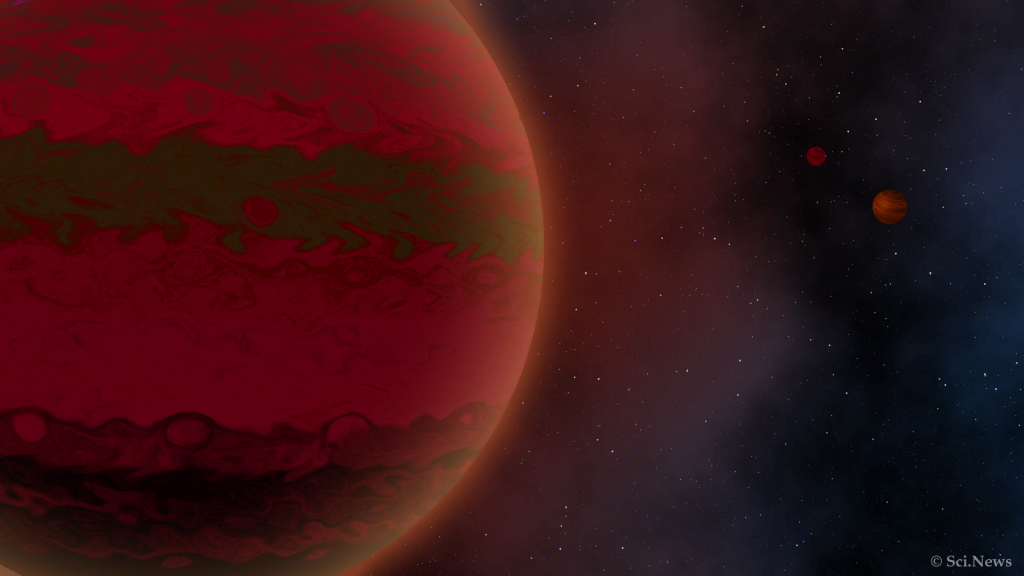The latest finding from NASA’s James Webb Space Telescope has showcased its strength: it has detected sand storms on a planet located 40 light-years away from Earth or roughly 235 trillion miles.
The storm was observed on VHS 1256 b, a “massive brown dwarf” exoplanet, as explained in a press release on the Space Telescope Science Institute’s Webb-site.
The storm was made up of silicate particles ranging from fine specks to small grains, and the JWST was able to determine that the planet’s atmosphere also contains water, methane, carbon monoxide, and carbon dioxide.

The University of California Santa Cruz’s Andrew Skemer noted that “no other telescope has identified so many features at once for a single target.” The planet is a “super Jupiter,” with an atmosphere similar to our Solar System’s gas giant but much larger, between 12 to 18 times the mass.
The Space Telescope Science Institute’s Webb-site press release humorously compares the experience of the storm to “hot sand whip[ping] across your face,” while noting the volatile conditions discovered high in the planet’s atmosphere. The JWST’s ability to observe and collect information on VHS 1256 b sets it apart from other telescopes, which have only been able to gather information piecemeal.

The telescope’s upcoming paper in The Astrophysical Journal Letters will provide a detailed analysis of the planet’s dynamic cloud and weather systems, made possible by the JWST’s ability to capture so much data at once.
The discovery of the stormy atmosphere of VHS 1256 b by the JWST is an exciting development for astronomers, who are just beginning to understand the wealth of information that the telescope can provide.

The JWST has already made significant contributions to space research, and its continued use promises to reveal even more about the universe around us.


